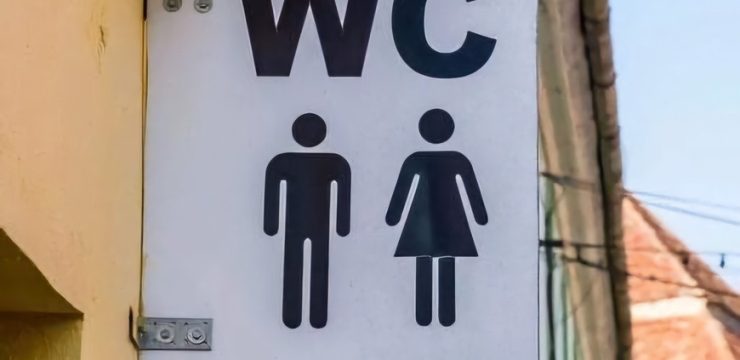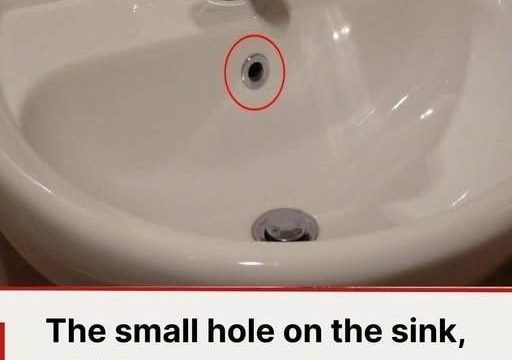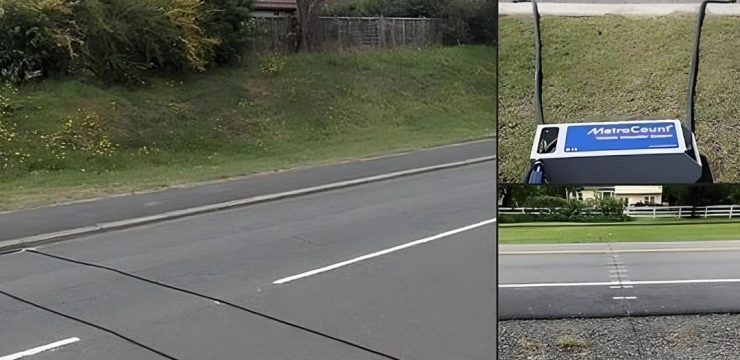A simple math question meant for children has taken the internet by storm, igniting a fiery debate and leaving many scratching their heads. Posted on Reddit, this brain-teasing puzzle quickly became a viral sensation, drawing in thousands of participants from around the world. What seemed like a straightforward question has now sparked endless discussions, with no consensus on the correct answer in sight.
The Puzzle That Stumped the Internet
In June 2023, a Reddit user from Jamaica, known as @yawdmontweet, posed a seemingly innocent question: “What is the closest time to midnight?” The four available options were:

At first glance, this looks like a simple enough question, but as soon as it hit the platform, the discussion took off. The puzzle garnered over 1.4 million views and countless comments, as people tried to unravel the “correct” answer. The phrasing of the question—emphasizing “the closest time to midnight”—ended up being the real kicker, pushing participants to think creatively and leading to different interpretations.
The Internet’s Response: Debate Over the Correct Answer
As the debate raged on, many Reddit users concluded that the correct answer was D. 12:03 a.m. To them, it seemed logical to consider time as moving forward or backward from midnight, and 12:03 a.m. is just three minutes past midnight, making it the closest time by most definitions.
However, not everyone was convinced. Some participants argued for A. 11:55 a.m., reasoning that it was the closest time to the next occurrence of midnight. This interpretation depended on how people viewed the passage of time—whether they were thinking about proximity in the past or future.
The wording of the question, specifically “closest time to midnight,” introduced an element of ambiguity. Was it asking for the closest time just before midnight or the nearest time around midnight, regardless of direction? Some users even argued for other options, bringing creative interpretations into the mix.
The Role of Artificial Intelligence in the Debate
As the debate intensified, a few participants turned to artificial intelligence for help. ChatGPT, a popular AI tool, was consulted for a definitive answer. The AI’s response was straightforward: “The closest time to midnight is D. 12:03 a.m.” This solution aligned with the majority consensus but didn’t settle the debate for everyone.
The AI’s clear response only added fuel to the fire, as it highlighted the simplicity of the question while leaving room for alternate interpretations. For many, the issue wasn’t whether 12:03 a.m. was technically the closest time, but whether the phrasing of the question allowed for multiple answers, depending on how the problem was approached.
Can There Be More Than One Right Answer?
The heart of the debate lies in how people interpreted the phrasing of the question. Some viewed it as asking for the closest time before midnight, while others believed it was asking for the nearest time after midnight. This divergence in thought led to a discussion about whether the question could have multiple correct answers based on how one views the concept of time.
Some participants even took the conversation beyond the puzzle itself, suggesting that such ambiguity in math questions might confuse young learners and contribute to a dislike for the subject. If a math problem has more than one “correct” answer, does that help or hinder students in their learning? The idea that different interpretations could lead to varying solutions raised concerns about how math is taught, especially when it comes to fostering a love of problem-solving.
The Lasting Impact of the Puzzle
The puzzle’s viral success reflects the growing popularity of brain teasers and intellectual challenges in the online world. What started as a simple math question for kids evolved into a global discussion that engaged people of all ages, sparking interest in critical thinking and problem-solving.
As the online debate continues, the key takeaway is clear: sometimes, even the simplest questions can have complex answers, depending on how you look at them. The puzzle remains unsolved in the sense that participants still don’t fully agree, and that might just be the beauty of it.
So, the next time you encounter a seemingly easy question, remember that there’s often more than one way to approach it. In this case, whether you choose 12:03 a.m. or 11:55 a.m., both might be correct depending on how you interpret the question.





